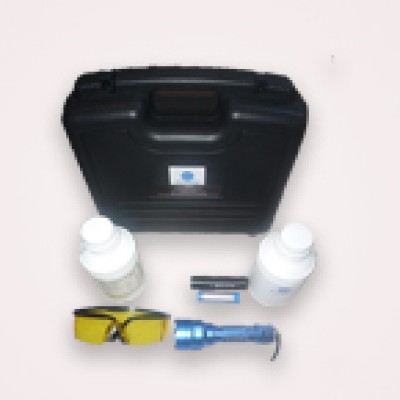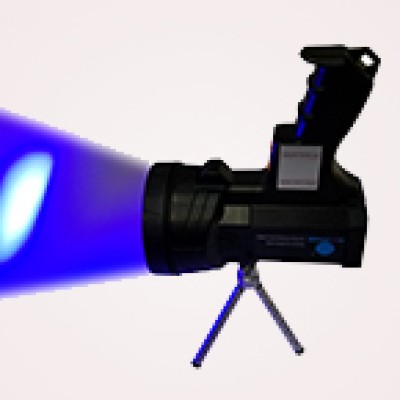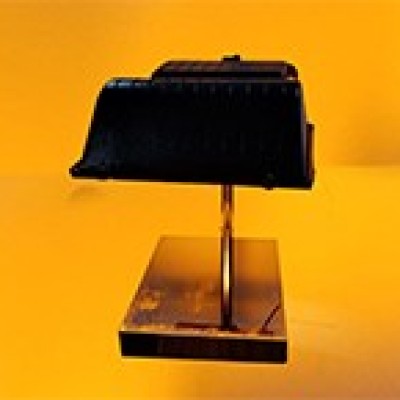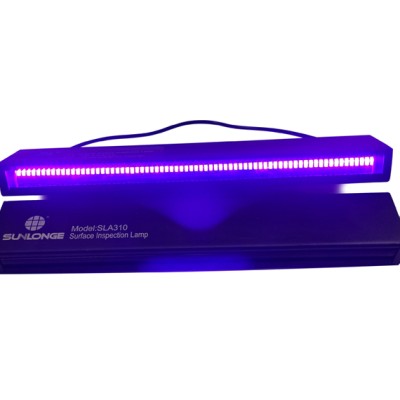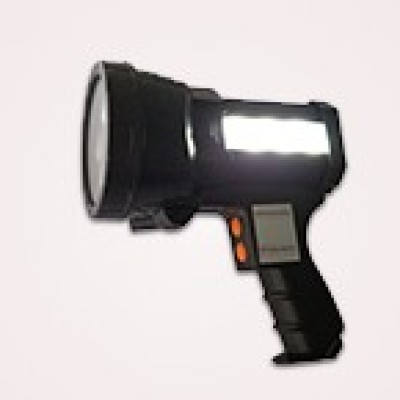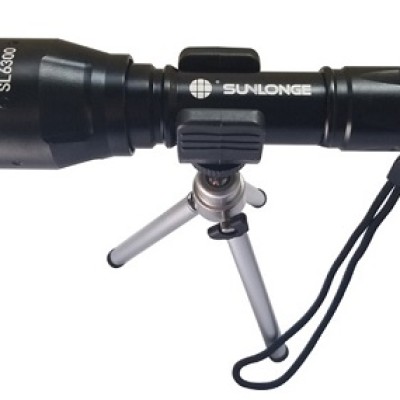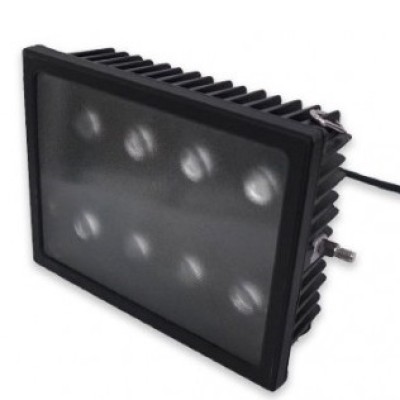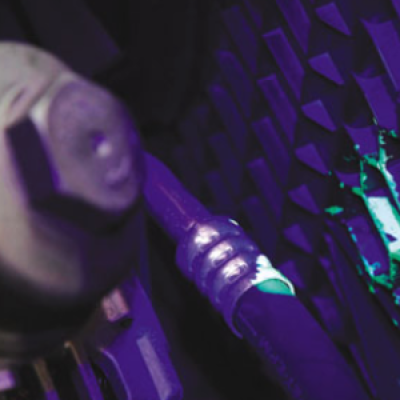Most NDT test we know reply on the color contrast or fluorescent materials. Then we can identify the discontinuities with human eyes in the real NDT detection. We can say that the test is successful when the inspector can see the indication.
In the real inspection, there are a lot of factors which can impact the inspector’s ability to identify an indication. When you are performing an inspection, there are just a few examples which are commonly sighted and controlled for under industry standard, eg, the amount of ambient light or UV light present, an inspector’s vision acuity, an inspector’s dark adaptation.

There are also some other issues which can affect the ability of inspector’s visually detection of an indication. However, those are often under considered when we are setting up or performing a MPT or PT process.
In the fluorescent NDT test, the indication can be quite bright due to the fluorescent material can absorb the high energy UV light. The UV light is invisible to our eyes and can be reflected the glowing light at a lower energy level. The glowing light is visible to our eyes and can be perceived by us.
But since UV light contains more energy than visible light, when the fluorescent dye reflects visible light back to our eyes, they reflect MORE visible light, which creates the “glow” we see.
Color contrast is the difference in color and saturation between two colors of equal brightness. Just like with brightness, in NDT the most important factor for colors is how different the color of the indication is from the color of the rest of the part.

In visible and fluorescent penetrant inspections, developers are commonly used to improve color contrast because they produce a bright white background which reflects back significantly more light than the penetrant, consequently increasing the indication contrast. The same is true for white contrast paint used in visible magnetic particle inspections.
In the color illusion at the beginning of this article you saw how surrounding colors and brightness can literally transform the things we see. Above you can see how much more an indication stands out when the background is much darker than the fluorescent indication.
 CN
CN

